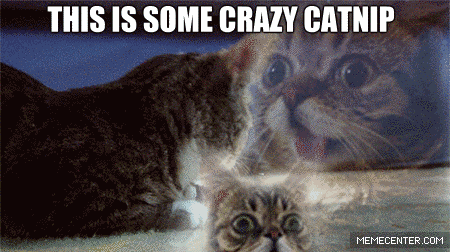Are you helping or hurting your marketing content?

Effective writing is an integral part of marketing success and excellent writers are necessary in producing valuable content. While sometimes you’re helping your marketing content, other times (without noticing) you could be hurting it. If you’re not writing with a purpose, you’ve chosen the latter. Since this is my first time working in a marketing firm, it was no surprise that I needed to sharpen my writing skills and fine-tune my technique. If you’re in need of some improvement (let’s be honest, everyone has room to improve), there are a number of resources available online to help hone your skills.
Recently I began Marketing Profs’ Marketing Writing Bootcamp, where both veteran and rookie content marketers can experience a no-holds-barred training session designed to teach attendees how to create bigger, better and stronger content.
For my first round, I tackled a lesson on how to improve your marketing content by writing with purpose hosted by writer and content strategist, Amy Thibodeau. To my surprise, Amy did not resemble a scary, drill sergeant, but she did offer up a stern serving of some of the biggest challenges content marketers face when crafting their content. She also offered tips on how overcome those challenges.
Now, I’m going to share them with you. Here, I provide a few tips, tricks and lessons you can focus on the next time you sit down to craft effective content. Writing with a purpose helps you deliver the right content to the right person at the right time. Once you focus on your audience’s wants and needs, you can craft clear — and meaningful — content. Here are three ways you may be hurting your marketing content by not writing with purpose.
1. Content is NOT a bandaid — quit treating it like one
Amy hit the nail on the head with this one. Content is (more often than not) treated as an infinite resource or a solution to all problems. This is far from the truth. Content takes time — both yours and your customer’s. It takes energy and resources, and if you thought that it was free, you need to think again.
Pop quiz! Have you ever found yourself thinking this?
“If sales are down, maybe we need more content. If people are confused about how to make a payment, maybe we should just stick an explanation at the top.”
If you answered “yes” to the above question, you failed. Stop thinking of content as a bandaid or a way to fill up space. Shift your focus to your customers. With finite time and a list of other priorities on their plate, it’s important to respect their time and be conscious about what will be valuable to them.
2. Goals are critical — stop being afraid of them
Content marketing success takes time. Even if I develop a couple of really great blog posts today, that doesn’t mean you’ll convert a lead into a sales opportunity tomorrow. However, you can always measure the quality and success of your content depending on what your goals are — so stop being afraid to set them.
For every new content project, develop a set of metrics that look a little something like this:
-
What’s the customer goal for this project?
-
What’s the business goal for this project?
-
How will people find and use the content that’s being created?
-
How will you measure the success of the project?
- Is the content evergreen or does it expire?
Start by determining both your business and marketing goals for your content marketing. From there, you can select the metrics that are most effective to track your progress.
3. Checklists aren’t just for your house chores — master them
Checklists are not just for your personal life, they can also make your job much more manageable. Amy suggests if you’re a fan of checklists ( and even if you’re not) — go check out “The Checklist Manifesto: How to Get Things Done Right” by Atul Gawande.
“Good checklists are precise. They are efficient, to the point, and are easy to use even in the most difficult situations. They do not try to spell out everything. A checklist cannot fly a plane. Instead they provide reminders of only the most critical and important steps, the ones that even the highly skilled professional using them could miss. Good checklists are, above all, practical,” Gawande says.
This list is something you will be able to refer back to over and over again during the content development process. Think about navigation, inspiring visual elements, properly targeted ads and emails and well placed social media buttons. Don’t let something small ruin your content.
Make a list and check it off!
One bootcamp you don’t have to dread
In today’s digital landscape, the written word has become more important than ever. Here, I shared just a few takeaways from one of the 13 workshops covered throughout the marketing writing bootcamp series. Something I love most about this course? It’s not boring. There are memes, people–cat memes. Who doesn’t love staring at cat memes while discovering new ways to successfully sharpen your writing?
Lil Bub is right – this is some crazy catnip. Check out the rest of the Marketing Writing Bootcamp and once you finish up with the course, write a killer blog post to show off your new skills.








